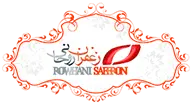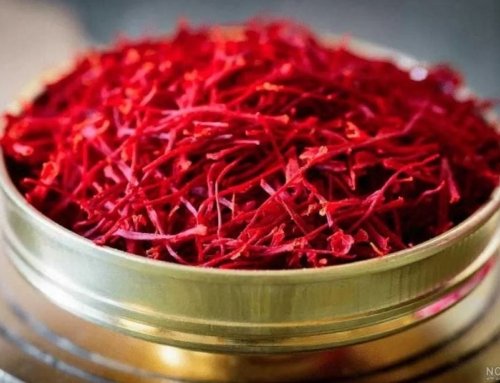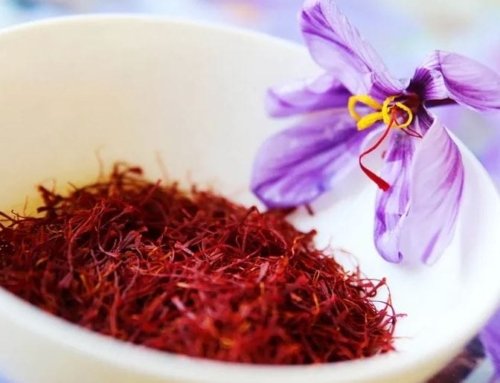 Iranian saffron health benefits: The Red Gold of the World
Iranian saffron health benefits: The Red Gold of the World
Iranian saffron health benefits : Iranian saffron, also known as red gold, holds a high export value. Iran is the largest producer of saffron in the world, and its cultivation dates back over 3000 years.
What Climate is Suitable for Growing Saffron?
Saffron is a tropical plant that grows well in regions with mild climates, hot, dry summers, and sunny weather, as well as relatively mild autumns and winters. However, saffron cultivation may not be successful in all conditions, as the plant may not adapt to every environment. For instance, saffron cultivation in Hamadan, which is considered a cold region of Iran, has shown promising results.
Saffron Flower: A Gift to Humanity
The saffron flower offers a gift to humanity, providing a fragrance so delicate that it relieves the exhaustion of a long day.
Don’t Worry About Your Table with Iranian saffron health benefits
Saffron, with its unique taste, aroma, and distinctive yellow color, plays a crucial role in Iranian cuisine. Iranian saffron is commonly used in dishes, especially in rice dishes.
Parts of the Saffron Plant or Red Gold
- Spoon: The first part of the saffron plant visible above the soil. Saffron plants can be tall, medium, or short.
- Leaves: The saffron leaves are sharp-pointed, with a darker color on top and a lighter color on the underside.
- Clokes: The saffron clokes are triangular and differ in length from the petals, with edges that are wrinkled.
- Saffron Cream: Saffron cream is yellow, and its color varies from light to dark depending on the carotenoid content.
- Petals or Sepals: Saffron petals are thick and can vary in number.
- Corm (Bulb): The saffron corm may be round or concave, with brown fibers that are tightly compressed, and the white color of the corm is clearly visible.
Iranian saffron health benefits: The Color-Giving Alchemy
How to Brew Saffron
To brew saffron, grind it with or without sugar and place it in an ice tray. Allow it to melt in open air. Once completely dissolved, pour it into a small glass bottle and store it in the refrigerator. This saffron will have a beautiful color, and you can use it whenever you need. Those living in humid regions should warm the saffron in the microwave for 30 seconds before grinding it to dry it out, then cool it and grind it.
A Cup of Health with Iranian saffron health benefits
By using Iranian saffron, you can prepare a herbal tea that helps prevent the accumulation of cholesterol in your arteries, thereby reducing the risk of heart disease. Saffron contains a substance called quercetin that lowers blood pressure and prevents cardiovascular diseases.
Relieving Menstrual Pain
Saffron tea is an excellent stimulant for promoting menstrual flow in women with irregular cycles. It is also effective for reducing uterine bleeding and relieving pain during menstruation.
Helping with Insomnia
For those suffering from insomnia, a cup of Iranian saffron tea offers a soothing sleep.
From Saffron Tea Preparation to Its Benefits and Contraindications
How to Prepare Saffron Tea
Pour water into a suitable container, add saffron and honey, mix well, and let it gently boil for about 5 minutes on low heat. Then strain the mixture and serve it in a cup.
Health Benefits of Saffron Tea
Saffron tea is an appetite stimulant, helps improve digestive health, and assists in food digestion while relieving stomach bloating. It is also a diuretic, cleansing the bladder.
Contraindications of Saffron Tea
Saffron tea should not be consumed during pregnancy, as it may cause a miscarriage.
Everything in Moderation
This proverb also applies to saffron. Although every herb has its benefits, excessive consumption can lead to problems. It is generally recommended not to consume more than 2 grams of saffron per day.







Get Social